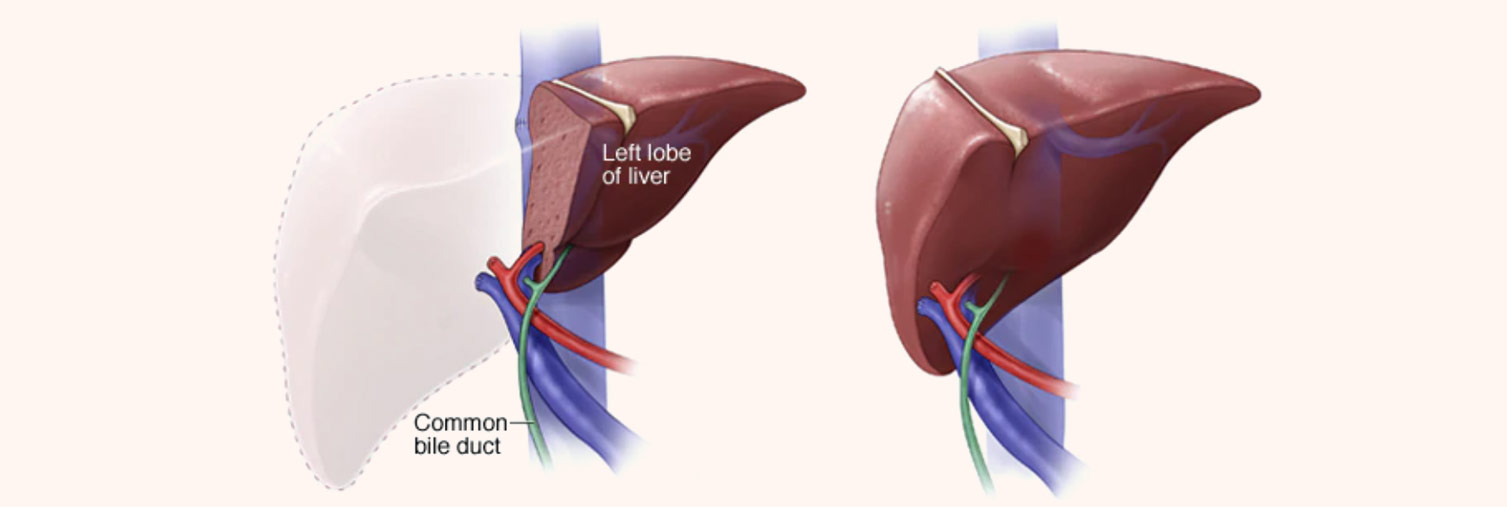A liver transplant is a surgical procedure that removes a liver that no longer functions properly (liver failure) and replaces it with a healthy liver from a deceased donor or a portion of a healthy liver from a living donor.

Your liver is your largest internal organ and performs several critical functions, including:
- Processing nutrients, medications and hormones
- Producing bile, which helps the body absorb fats, cholesterol and fat-soluble vitamins
- Making proteins that help the blood clot
- Removing bacteria and toxins from the blood
- Preventing infection and regulating immune responses
Liver transplant is usually reserved as a treatment option for people who have significant complications due to end-stage chronic liver disease. Liver transplant may also be a treatment option in rare cases of sudden failure of a previously healthy liver.
The number of people waiting for a liver transplant greatly exceeds the number of available deceased-donor livers.
Living-donor liver transplant is an alternative to waiting for a deceased-donor liver to become available. Living-donor liver transplant is possible because the human liver regenerates and returns to its normal size shortly after surgical removal of part of the organ.
Why it’s done
Liver transplant is a treatment option for people with liver failure whose condition can’t be controlled with other treatments and for some people with liver cancer.
Liver failure may happen quickly or over a long period of time. Liver failure that occurs quickly, in a matter of weeks, is called acute liver failure. Acute liver failure is an uncommon condition that is usually the result of complications from certain medications.
Although a liver transplant may treat acute liver failure, it is more often used to treat chronic liver failure. Chronic liver failure occurs slowly over months and years.
Chronic liver failure may be caused by a variety of conditions. The most common cause of chronic liver failure is scarring of the liver (cirrhosis). When cirrhosis occurs, scar tissue replaces normal liver tissue and causes the liver to not function properly. Cirrhosis is the most frequently reason for a liver transplant.
Major causes of cirrhosis leading to liver failure and liver transplant include:
- Hepatitis B and C.
- Alcoholic liver disease, which causes damage to the liver due to excessive alcohol consumption.
- Nonalcoholic fatty liver disease, a condition in which fat builds up in the liver, causing inflammation or liver cell damage.
- Genetic diseases affecting the liver, including hemochromatosis, which causes excessive iron buildup in the liver, and Wilson’s disease, which causes excessive copper buildup in the liver.
- Diseases that affect the bile ducts (the tubes that carry bile away from the liver), such as primary biliary cirrhosis, primary sclerosing cholangitis and biliary atresia. Biliary atresia is the most common reason for liver transplant among children.
Liver transplant may also treat certain cancers that originate in the liver.